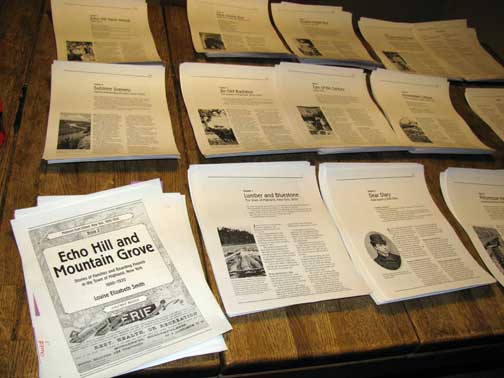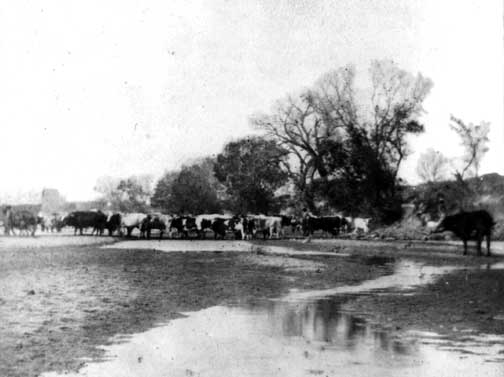These listings first appeared in Erie Railway publications from 1885–1889.
Washington Lake House, Joseph Tether, Proprietor
Accommodates 30; 20 rooms, adults $6 to $8; children half price; servants $5; transient $1.25 per day. Discount for season. Transportation adults $1; children, half price. Lake of 200 acres only 2 minutes’ walk. Perch, pickerel, bass. Surrounded by forest. Raises vegetables. Plenty milk, eggs butter and poultry.
Spring House, Barryville, George Layman Proprietor
5 minutes walk from Shohola. Accommodates 30; 20 rooms; adults $7 to $8; children under 12, half price; servants $6; transient $1.25 per day. Discount for season. Transportation, $1. Raises vegetables. Plenty fresh milk, butter, eggs and poultry.
Laurel Valley Farm House, Charles Hickok, Proprietor
Accommodates 20; 10 large rooms; adults $7; children $3.50; transient $1.50 per day. Transportation free to weekly boarders. 3 miles from Shohola Glen. Good livery. Will meet guests in response to telegrams. Raises vegetables. Plenty of butter, eggs, milk and poultry.
Lake View Farm House, Edward Prange, Proprietor
Accommodates 20; 13 rooms; adults $7; children $3; servants $5; transient $1.25 per day. Discount for season. Transportation, $1. Raises vegetables. Plenty fresh milk, butter, eggs and poultry. Continue reading











